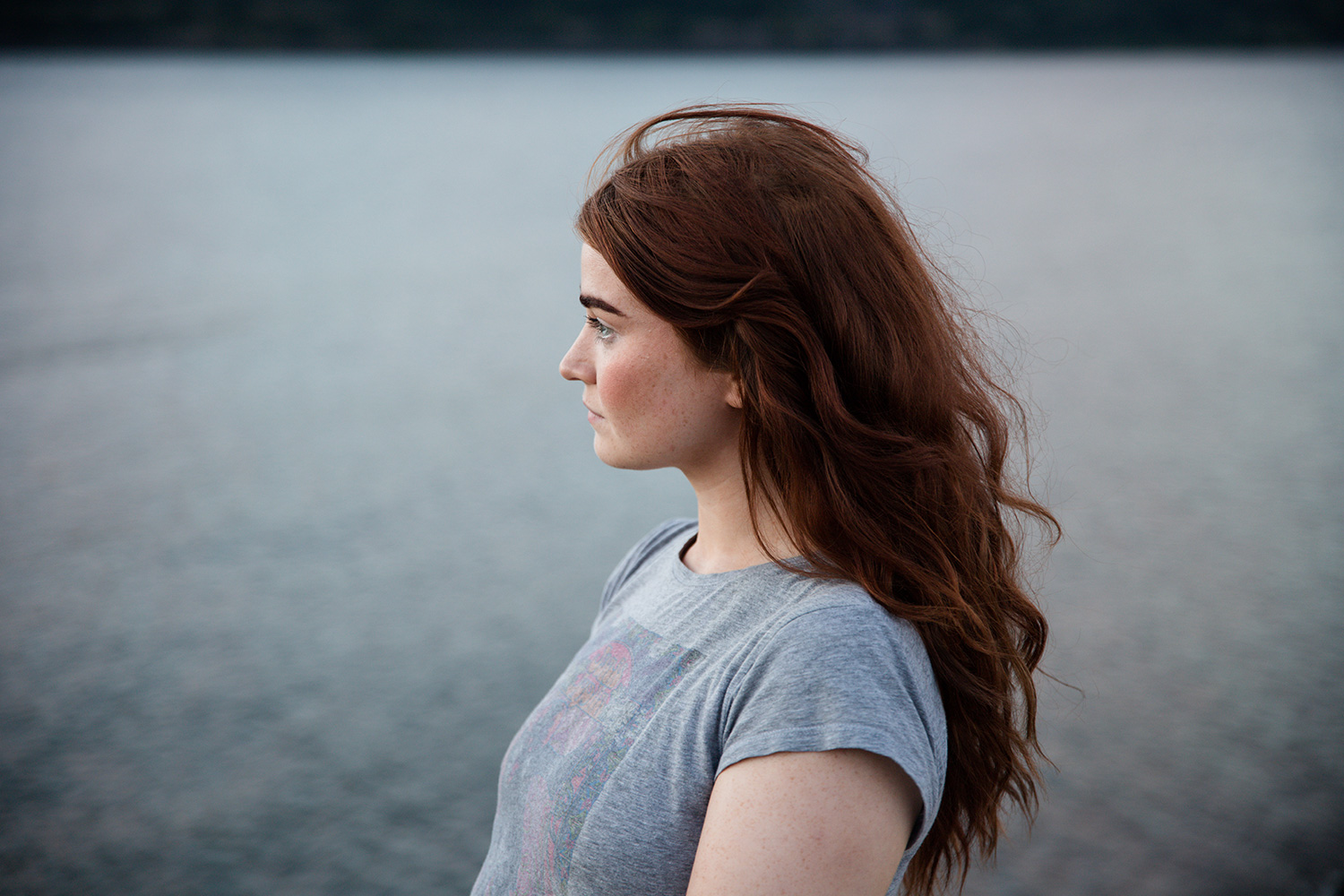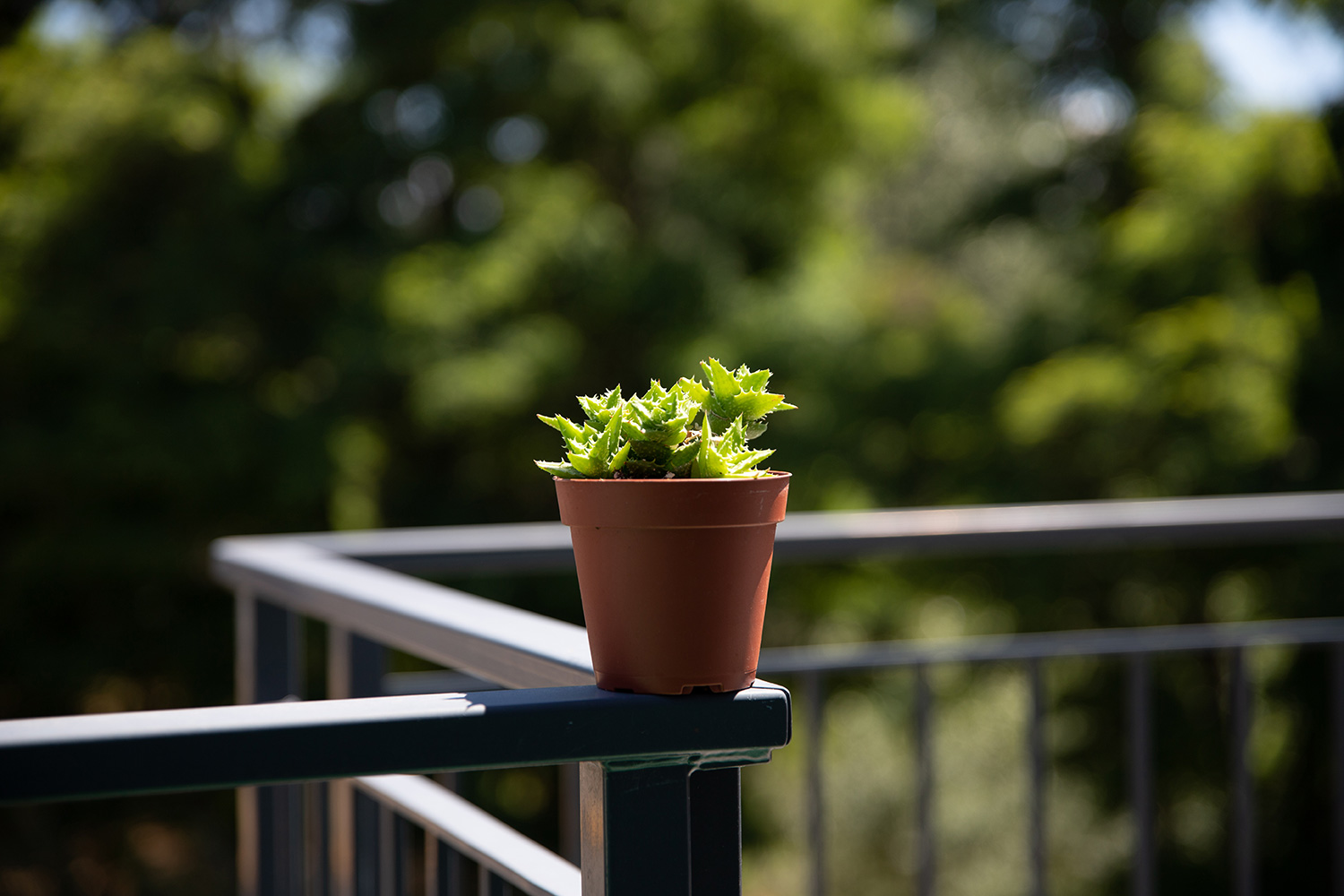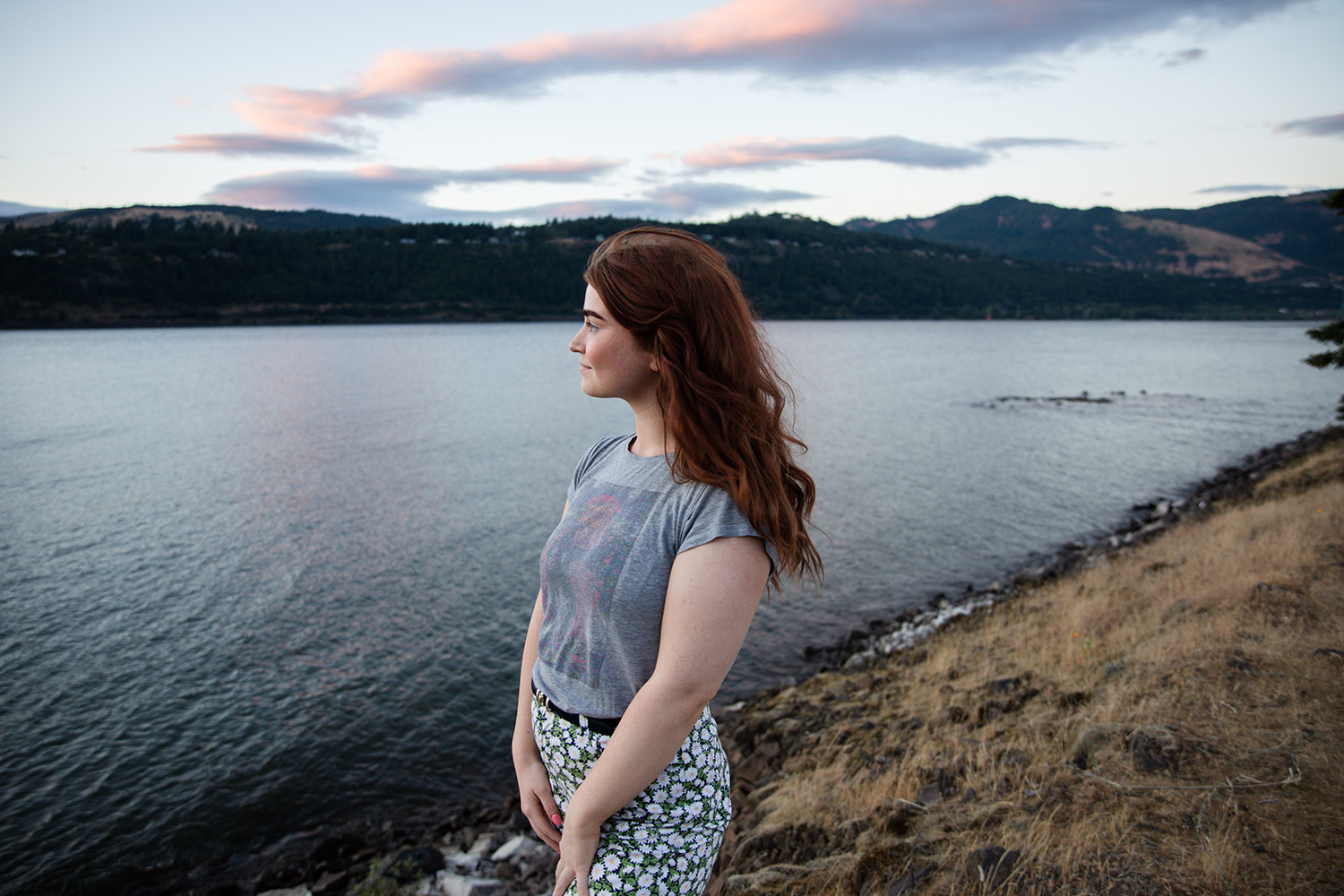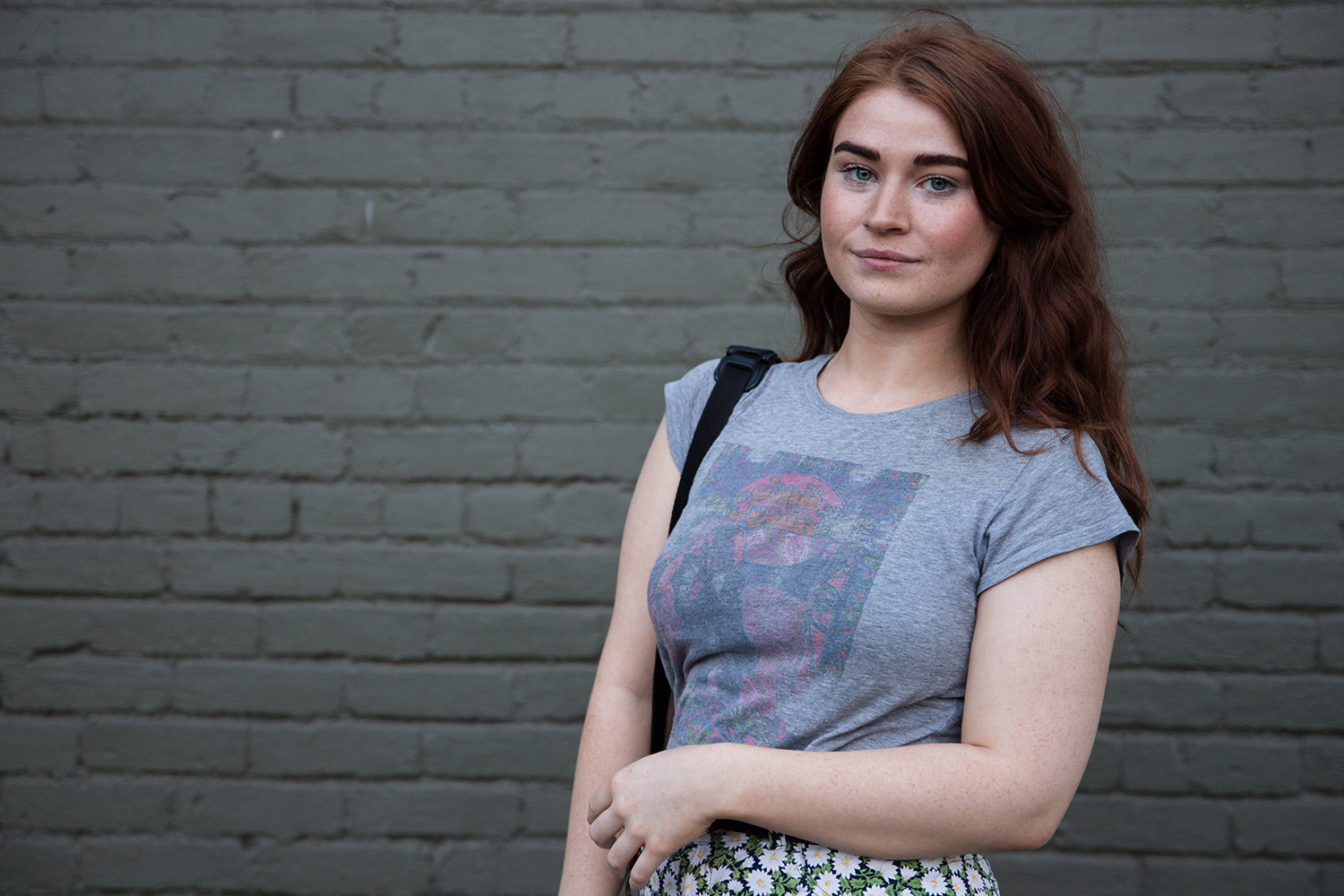- Excellent value
- Great build quality
- Virtually no chromatic aberration
- Optically stabilized
- Strong vignetting at 24mm
- Sharpness is merely decent
When it comes to pro-level zoom lenses, no focal length is more revered than the 24-70mm f/2.8. This venerable workhorse lens has been a mainstay of professional photographers since the early 2000s and is now produced by a variety of first- and third-party manufacturers. It’s popular because of its versatility, able to capture everything from landscapes and group photos to details and close-up portraits, while the fast f/2.8 aperture offers good depth of field control and low-light performance.
But the 24-70mm is also known for its high cost, a problem that Sigma’s newest contender in this arena is hoping to solve without sacrificing quality or performance. The 24-70mm F2.8 DG OS HSM Art builds on Sigma’s previous 24-70mm model by adding stabilization and a revamped optical design that promises better image quality. And with an MSRP of $1,299, it comes in well below the first-party equivalents from Canon, Nikon, and Sony.
Like other lenses in Sigma’s Art series, the 24-70mm F2.8 is built to take on the best that first-party manufacturers have to offer — that is, it’s not just some cheap knockoff, despite the lower price. We have been continuously impressed with the Art series, but our praise has gone mainly to fixed focal length, or prime, lenses. Having recently given the Sigma 14-24mm F2.8 Art a whirl, however, it seemed only fitting to try out the next f/2.8 zoom in the lineup. As expected, we were again impressed — but the 24-70mm isn’t quite as infallible as other Art lenses.
Design and built quality
Sigma makes the 24-70mm Art in Canon EF and Nikon F mounts natively, but also sells it along with an EF to E-mount adapter for Sony mirrorless users. Photographers using Sigma’s own cameras, like the challenging but rewarding Quattro H, can also pick up the lens in Sigma SA mount. It is compatible with both full-frame and APS-C cameras, and for this review we tested it on the full-frame Canon EOS 6D Mark II.
The Art series has an established reputation for excellent build quality and that remains true with the 24-70mm F2.8. The body is composed of metal and a “thermally stable composite” that is dust and splash proof thanks to a rubber gasket lining the mount. The focus and zoom rings are rubberized and turn very smoothly, leading to a premium feel. The lens hood requires a reassuring amount of force to lock into place and also has a rubberized ring around its base, again contributing to that high-end feel.
Although about equal in diameter to other 24-70mm f/2.8 lenses, the Sigma Art is shorter than most, measuring just 4.2-inches long. However, it is definitely not a lightweight at 2.24 pounds, putting it above both the Canon 24-70mm f/2.8L II and the Sony 24-70mm f/2.8 GM, and just below the massive Nikon 24-70mm f/2.8E VR (the only first-party model to also include optical stabilization).
The Art series has an established reputation for excellent build quality and that remains true with the 24-70mm F2.8.
On the left side of the lens you’ll find switches to turn optical stabilization on or off and set focus to manual, auto, or MO, for manual override. While the internal Hyper Sonic Motor (HSM) allows for full-time manual focus override regardless of which position the switch is in, the MO setting is specifically designed for shooting with continuous autofocus enabled. With the focus switch in the standard AF position, trying to override continuous autofocus will simply result in the lens fighting your inputs; but with the switch set to MO, as soon as you begin to rotate the focus ring, the lens disengages the autofocus drive, letting you dial in your preferred focus without interruption. We can’t think of many situations where you’d necessarily want manual override and continuous autofocus to both be active at the same time, but it’s a unique feature of this lens, nonetheless.
Optically, the 24-70mm Art is composed of 19 elements in 14 groups and the aperture diaphragm uses nine rounded blades for rounder blur circles, or bokeh. It uses an 82mm filter thread, which, while large, is also in line with other current 24-70mm f/2.8 lenses.

One seemingly obvious aspect of the design still worth noting is that the zoom moves in the standard direction, meaning the lens barrel is fully retracted at 24mm and extended at 70mm. This is mostly par for the course, but is different from the “reverse zoom” used by Nikon, in which the lens is extended at 24mm and retracts as you zoom in (Canon also used this design on its first generation 24-70mm f/2.8L, but not the current model). The benefit of the reverse zoom is that it allows the lens hood — mounted to the stationary part of the lens body — to be much more efficient, providing the maximum allowable amount of shade across the entire focal length range. By contrast, the hoods on standard zooms can’t be any longer than what’s dictated by the field of view at their shortest focal lengths, making them less effective than they could be. This probably isn’t a make-or-break issue for most people, but if you are a Nikon shooter, it’s one more thing to consider.
Performance and user experience
The first thing we have to talk about here is the image stabilization, which remains a relatively unique feature on this type of lens. While Tamron offers it in its 24-70mm f/2.8 Di VC, Nikon is the only first-party manufacturer to do so (although, it could be argued that the Sony version is stabilized, as most current Sony E-mount cameras have sensor-shift stabilization built in).
In our experience, we were able to shoot at shutter speeds as slow as 1/4 second with acceptable sharpness at both 24mm and 70mm. However, results did vary from shot to shot, so 1/4 second is probably the best case scenario.
We were also impressed with the autofocus performance, which was very snappy even indoors with moderate light. Naturally, this depends on what camera you have it mounted to, but it felt every bit as fast as a first-party lens. Using continuous autofocus in burst mode was more hit-and-miss; slowly walking toward our subject while shooting resulted in nearly perfect focus on every shot, but when we picked up the pace to a near-jog, nearly every shot was a miss. Again, this has a lot to do with the camera, so we can’t definitely say if the choke point was the lens.
Autofocus performance was very snappy, even indoors with moderate light.
Overall, the 24-70mm Art filled the roll of workhorse just as we would expect a lens in this class to do. From landscapes to portraits to close-ups, we really enjoyed using it. While the zoom isn’t particularly powerful — just under 3x — it spans a very useful range that will make this your go-to lens for a variety of assignments. In the past, we would have been inclined to steer clear of third-party options for such a lens, but this Sigma is built to hold up to the demands of professional workflows and we would confidently pit it against the Nikon, Canon, or Sony alternatives when it comes to usability and durability.
Image quality
The danger of reviewing a lens in a series known for exceeding expectations is that it’s incredibly easy to be let down. Simply put, we weren’t blown away with the images from the 24-70mm like we were with the Art-series primes we’ve used in the past. But when you consider this lens’ price — currently just $1,199 after a $100 instant rebate — there is absolutely nothing to complain about. This lens easily lives up to expectations and is a great buy at this price — but the wow factor simply isn’t as high as we’ve gotten used to. In short, Sigma has spoiled us by continually delivering optics that overachieve, but the 24-70mm Art is more like a solid B+ student.
To start on a high note, though, chromatic aberration — color fringing around details caused by different wavelengths of light focusing at slightly different distances — is virtually nowhere to be found on this lens, even at f/2.8. It does show up, but only very slightly in the corners. Even then, you’d be hard-pressed to notice it in most real-world situations.
As for sharpness, it’s not best in class, but it is pretty consistent throughout the zoom range and stays strong even wide-open at f/2.8. It’s not the mind-boggling sharpness of the 135mm F1.8 Art, but, again, it completely lives up to expectations for a zoom lens at this price and we have no complaints.
More concerning, perhaps, is the rather severe vignetting at 24mm, which sticks around even as you stop the aperture down through f/8. At 70mm, it’s much less noticeable, and effectively gone past f/4. Depending on how and what you shoot, this could be inconsequential or a pretty big deal. With portraiture, for example, we actually like the look of the vignette — but for landscapes, architecture, real estate, or anywhere else where even exposure at wide angles is required, this may be a problem. At any rate, it’s pretty easy to correct for this in post.
The 24-70mm F2.8 Art is a stellar performer at its price and a worthy alternative to more expensive first-party options.
Distortion is another area of concern to these photographic disciplines, and if there’s one complaint we have about this entire class of lens, this is it. Fortunately, the Sigma does an admirable job of controlling distortion. There is some slight barrel curvature at the wide end and pincushioning at the telephoto end, but this is to be expected and is certainly not worse than what we’ve seen from other manufacturers. The distortion pattern itself is a bit weird, as the field curvature doesn’t extend evenly across frame, instead giving you a sort of “bubble” around the center. The good news is, we didn’t actually notice this at all in the real world, but it become quite apparent in a window-blind distortion test. However, again considering the price point, we think the performance is quite impressive.
If there is one aspect of the 24-70mm Art’s image quality that we unequivocally approve of, it’s a subjective one: the bokeh. Sure, a 24-70mm f/2.8 isn’t going to have the razor-thin depth of field you can get with an 85mm f/1.4, but Sigma did a nice job here of crafting silky-smooth blur with almost perfectly round out-of-focus highlights. Even at smaller apertures like f/8, you can get some very pleasant-looking backgrounds. In fact, we even preferred the look at f/4 over f/2.8 in some scenes, as the reduced vignette brought out more light and color in blur circles around the edges of the frame, without sacrificing any of the roundness of those circles.
Our Take
It’s odd to feel underwhelmed by something because it merely meets your expectations, but that’s what happens when you’ve grown so accustomed to being blown away by Sigma Art glass. For all intents and purposes, the 24-70mm F2.8 Art is a stellar performer at its price and a worthy alternative to more expensive first-party options. It’s a solid lens across the board, and the inclusion of optical stabilization is a nice touch and an edge at least over Canon’s 24-70mm f/2.8L.
For event portrait shooters, the minimal distortion, effective absence of chromatic aberration, and beautiful bokeh make this lens a great choice and a fantastic value. Sports photographers may also really like this lens for its fast aperture, solid build quality, and zoom range, but we’d like to test its continuous autofocus performance on other cameras before we definitively weigh in here. If you shoot landscapes or architecture, this probably won’t be your lens of choice — but, then again, you likely already knew that. That’s not to say you can’t get good results with this or any 24-70mm, but you’ll need to contend with distortion and vignetting.
Is there a better alternative?
Given the price point, first-party options are kind of out of the running here (both the Nikon and Sony lenses are north of $2,000, while the Canon is down to $1,599 thanks to a $300 instant rebate at the time of writing). The one potential upset could come from Tamron, which offers its latest 24-70mm f/2.8 Di VC G2 lens also for $1,199. We haven’t tested that lens, but user reviews are very positive.
How long will it last?
Hand-assembled by Sigma in Japan, this is a well-made product that targets professional users and is likewise built to last. As a high-end lens, it is also unlikely to be replaced for several years. However, this is a popular class of lens, so other manufacturers may release new models that outperform it before Sigma makes its own replacement.
Should you buy it?
Yes. While the 24-70mm F2.8 Art may not have dazzled us the same way some of the other Art series lenses have, it is still an excellent value at its price and performs well as a workhorse lens. This is a great choice for advanced amateurs and professionals alike.






















